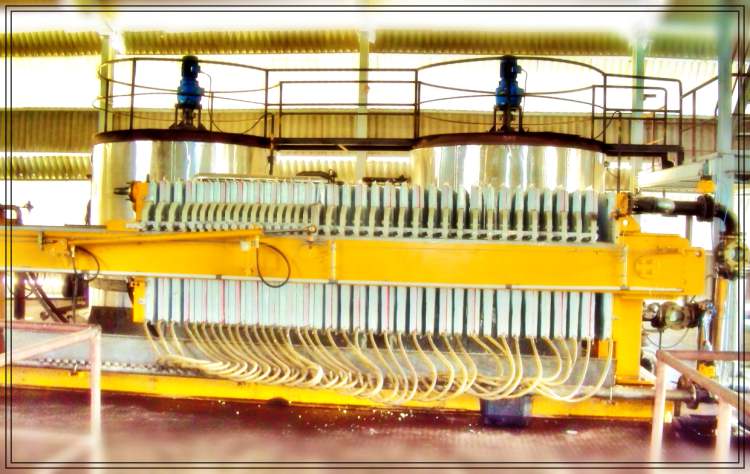Hydrogenation converts vegetable oils into plastic fat forms like butter with greater flavor stability at lower cost by reducing their degree of unsaturation. Oil is hydrogenated for two reasons. One is to change naturally occurring fats and oils into physical forms with high consistency and high melting point so that they can be used as margarine or shortening products. Second is to increase the oxidative stability of fats.
Oil and Ni catalyst slurry is fed to our dead-end hydrogenation reactor where hydrogen gas is dispersed into oil by highly efficient agitation system. The agitator is designed to provide efficient hydrogen dispersion. It also creates a vortex which draws hydrogen from the headspace back into the oil.

When the exothermic reaction raises the oil temperature higher than the specified temperature, cooling water is circulated though coils of reactor. After completion of hydrogenation, oil is cooled and filtered through pulse jet filters to separate catalyst from oil.
Salient features:
Efficient hydrogen gas dispersion
Zero specific energy consumption for heating in continuous running plant
Completely automated system
Flexibility of hydrogenation selectivity
